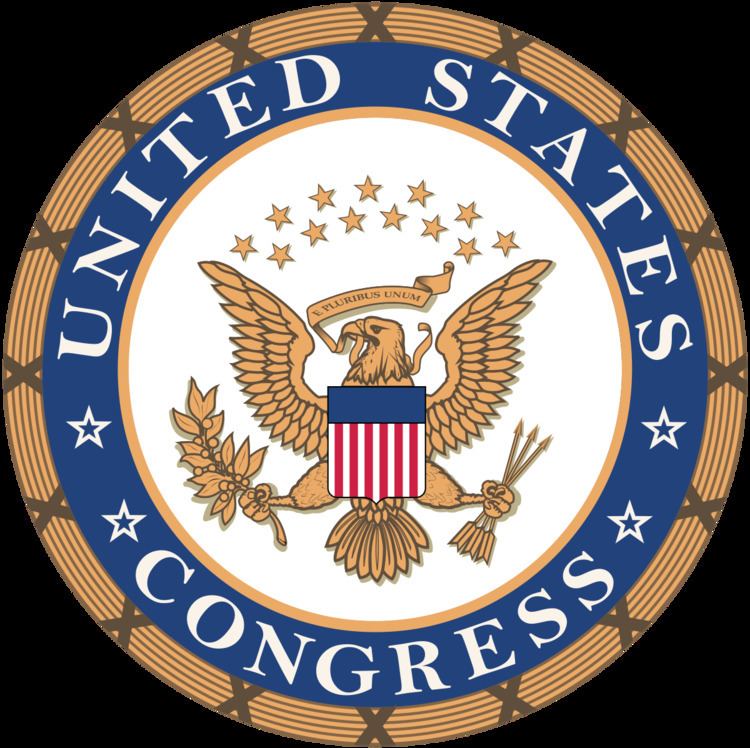Formed July 12, 1974 | Employees 235 Website www.cbo.gov/ | |
 | ||
Annual budget $46.8 million(FY 2011) | ||
The Congressional Budget Office (CBO) is a federal agency within the legislative branch of the United States government that provides budget and economic information to Congress. Inspired by California's Legislative Analyst's Office that manages the state budget in a strictly nonpartisan fashion, the CBO was created as a nonpartisan agency by the Congressional Budget and Impoundment Control Act of 1974.
Contents
History
The Congressional Budget Office was created by Title II of the Congressional Budget and Impoundment Control Act (P.L. 93-344), which was signed into law by President Richard Nixon on July 12, 1974. Official operations began on February 24, 1975, with Alice Rivlin as director.
Mission
The CBO's mandate is to provide Congress with:
With respect to estimating spending for Congress, the Congressional Budget Office serves a purpose parallel to that of the Joint Committee on Taxation for estimating revenue for Congress, the Department of the Treasury for estimating revenues for the Executive. This includes projections on the effect on national debt and cost estimates for legislation.
Operations
Section 202(e) of the Budget Act requires submission by CBO to the House and Senate Committees on the Budget periodic reports about fiscal policy and to provide baseline projections of the federal budget. This is currently done by preparation of an annual Economic and Budget Outlook plus a mid-year update. The agency also each year issues An Analysis of the President's Budgetary Proposals for the upcoming fiscal year per a standing request of the Senate Committee on Appropriations. These three series are designated essential titles distributed to Federal Depository Libraries and are available for purchase from the Government Publishing Office. CBO also prepares reports and issues briefs and provides testimony often in response to requests of the various Congressional Committees. It also issues letters responding to queries made to it by members of Congress.
Divisions
The Congressional Budget Office is divided into eight divisions.
Director
The Speaker of the House of Representatives and the President pro tempore of the Senate jointly appoint the CBO Director, after considering recommendations from the two budget committees. The term of office is four years, with no limit on the number of terms a Director may serve. Either House of Congress, however, may remove the Director by resolution. At the expiration of a term of office, the person serving as Director may continue in the position until his or her successor is appointed. The directors of the CBO are:
Budget and Economic Outlook: 2015 to 2025
Such high and rising debt would have serious negative consequences for the nation. When interest rates returned to more typical, higher levels, federal spending on interest payments would increase substantially. Because federal borrowing reduces national saving over time, the nation's capital stock would ultimately be smaller, and productivity and total wages would be lower than they would be if the debt was smaller. Lawmakers would have less flexibility than otherwise to use tax and spending policies to respond to unexpected challenges. Continued growth in the debt might lead investors to doubt the government's willingness or ability to pay its obligations, which would require the government to pay much higher interest rates on its borrowing.
